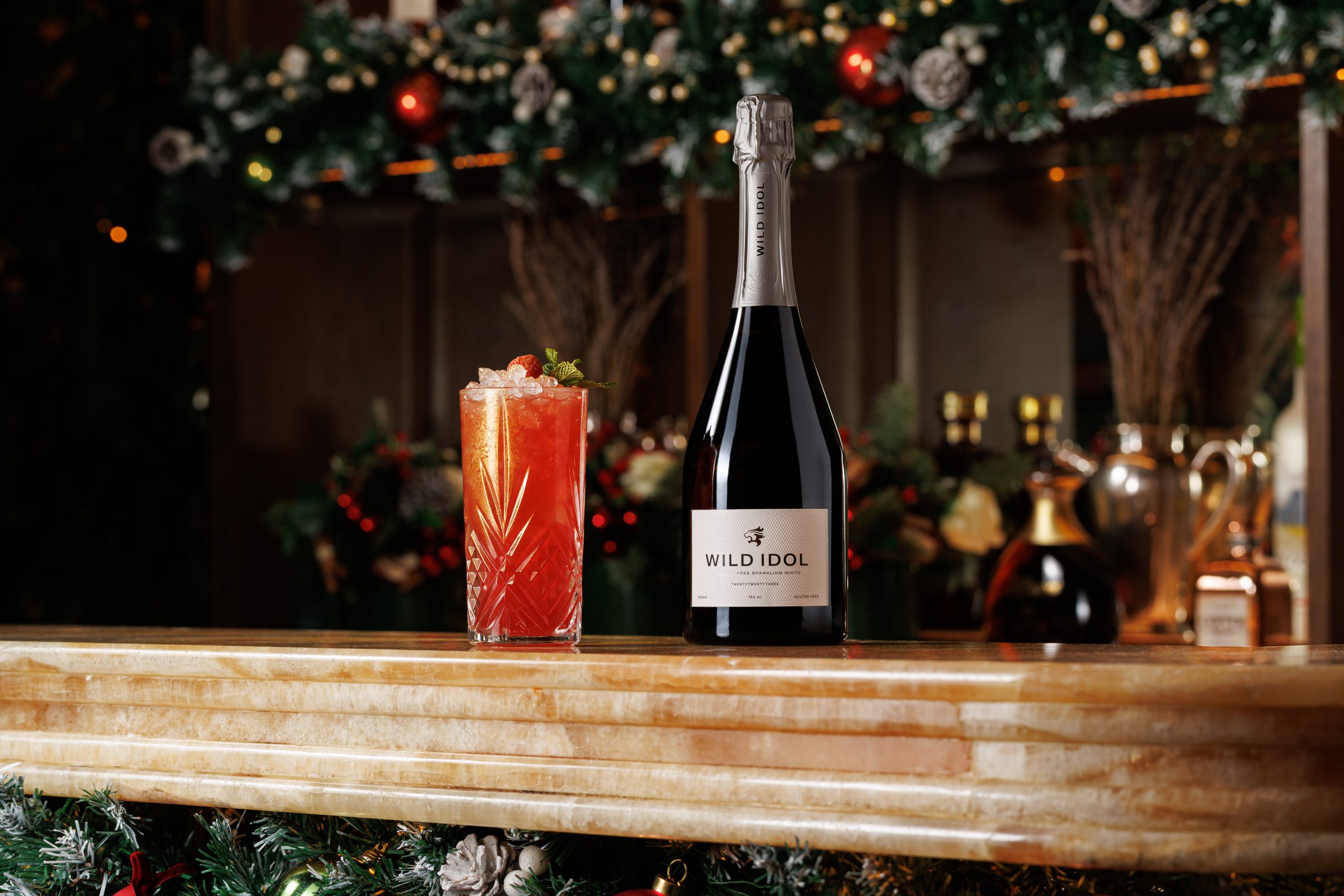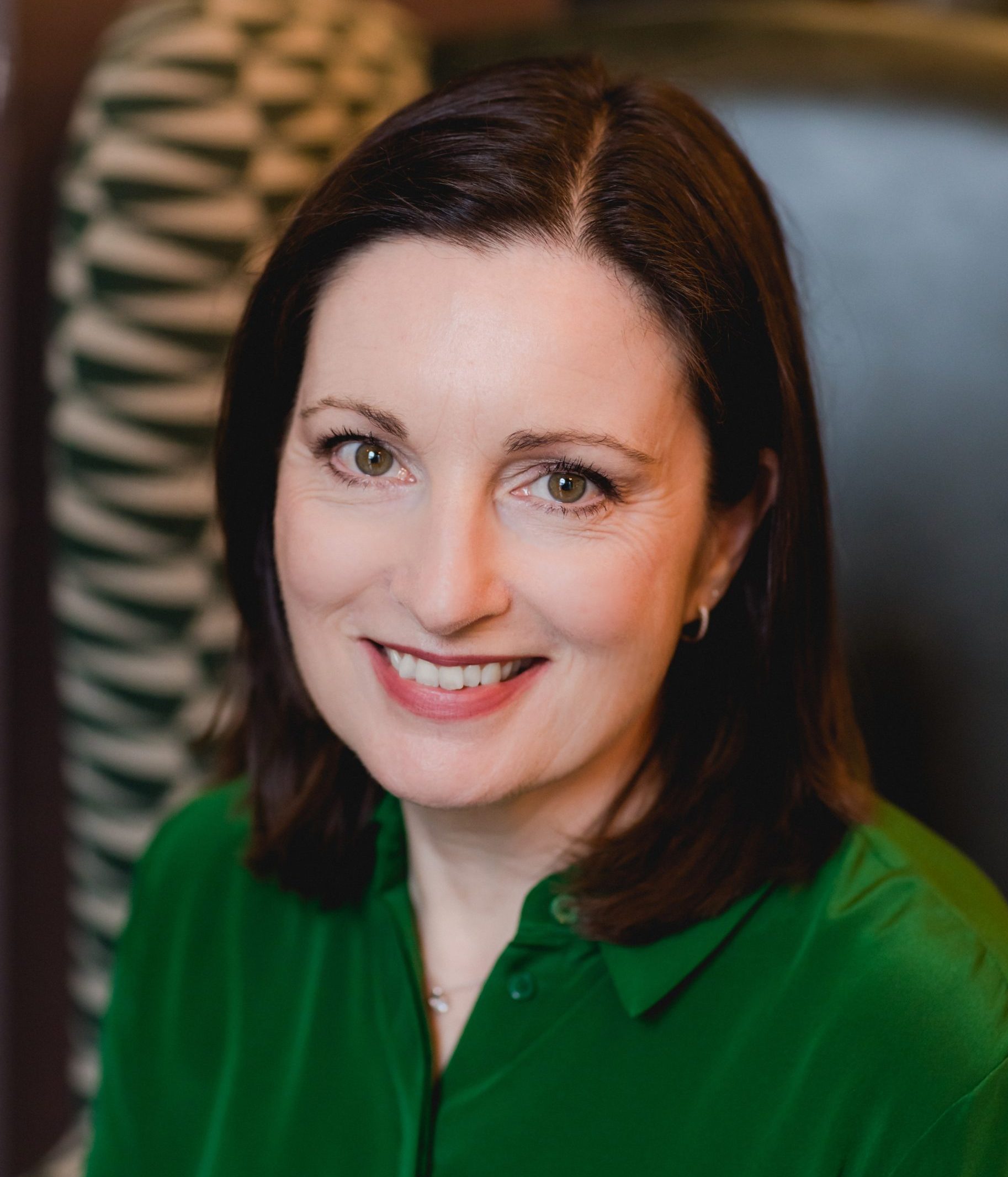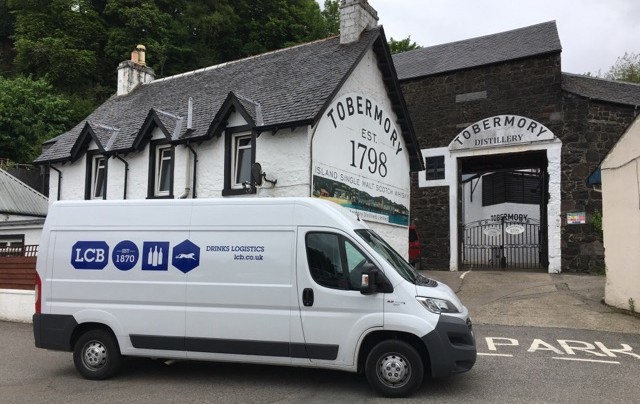Fake wine ‘arms race’ underway
Dubbed the “Wine Detective” by US tabloids, the expert witness from the trial of Rudy Kurniawan has said that there is an “arms race” between authorities and counterfeiters in the world of fraudulent wine.
British-born wine authenticator Michael Egan captured the imagination of the American press with his Sherlock-esque powers of observation and deduction as an expert witness in the trial of wine fraudster Rudy Kurniawan.
But his expertise are seemingly in higher demand, as he has claimed that there is an “arms race” underway between those pedalling fake wine and the authorities trying to put an end to the illicit practise.
In a recent interview with The Independent, Egan said, “I’ve found more and more fakes appearing. It might be due to Kurniawan or Rodenstock, but I have seen other fake wines that do not come from those two sources.”
Rodenstock – another famous wine seller whom Egan helped put in the dock for “knowingly offering adulterated wine” – and Kurniawan are each thought to be responsible for thousands of fake wines still circulating on the fine wine market.
Featuring labels from the world’s top producers to fetch premium prices, counterfeit wines have the potential for exceptional mark-ups, meaning they are an attractive opportunity for criminals.
“It’s like an arms race: the technology [for the authorities] is there, but it doesn’t mean the fakers don’t have access to the same technology. They are able to create very convincing fakes,” he said.
Kurniawan, after years of investigation and postponed judgements, was recently sentenced to 10 years in prison and ordered to pay back tens of millions of dollars in compensation for his years scamming the wine world.
His counterfeit wines sold at eye-watering prices to collectors like the multi-billionaire Bill Koch, and helped to fund his lavish lifestyle marked with luxury and excess.
Partner Content
But it was Egan who was an invaluable help in putting an end to it, using his expert eye to point out the flaws in Kurniawan’s otherwise watertight forgery machine.
“My main task was to demonstrate to the jury… just how Kurniawan was able to produce the finished bottles, by comparing counterfeiting materials seized at his home by the FBI against the actual bottles that he had sold or attempted to have sold,” he told the newspaper.
“By the time of his arrest, he had successfully sold a vast quantity of fake wine.”
Just one of the key insights that Egan brought to the trial was his ability to tell the source of one of Kurniawan’s false labels.
He discovered that the watermark on the label of a rare bottle 1929 Roumier Bonnes-Mares had, in fact, been produced with an electronic printer in Indonesia some time after 1983.
“I don’t think a vintage Bordeaux or a Burgundy would be using a printer from a company that was only established in 1983,” he told the court.




